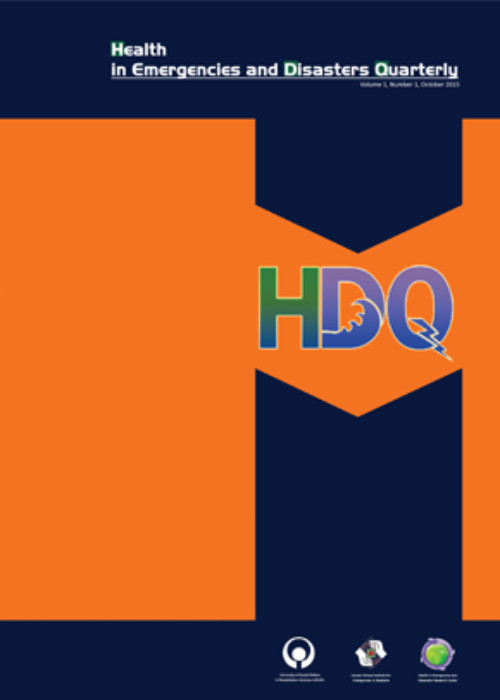Comparison of Vital Signs of Traffic Accident Patients Transferred by Air and Ground Ambulance: Propensity Score Matching
Vital signs and level of consciousness are one of the most important components of patient examination in traffic accidents. Vital signs show a suitable measure of the initial condition of the patient and also the effect of the interventions. In this study, to evaluate the effects of the type of helicopter emergency medical service (HEMS) or ground emergency medical service (GEMS) ambulance transport, the changes in initial vital signs and arriving at the hospital in traffic accident patients were compared.
The data collected in this retrospective analytical descriptive study as a census included the type of transfer, age, gender, distance from the scene to the hospital, duration of the mission, mechanism of injury, patient’s condition and vital signs, and level of consciousness. The propensity score matching was used to control confounding factors. The analysis of the outcomes of systolic blood pressure, heart rate, respiratory rate, and level of consciousness of patients when they arrived at the hospital was done with a generalized linear model. Before and after the matching of HEMS and GEMS patients, vital signs, level of consciousness, and other initial variables were compared with the t-test and the chi-square test.
Initial vital signs before matching showed that HEMS patients had lower systolic blood pressure and consciousness in addition to higher respiratory and heart rates (P<0.05). After matching, no significant difference was observed in primary vital signs (P<0.05). After interventions and transfer, no significant difference was observed in vital signs arriving at the hospital in HEMS and GEMS (P<0.05).
After matching, HEMS and GEMS patients did not have significant differences in the level of consciousness and initial vital signs when they arrived at the hospital. There should be more accuracy in the triage and selection of patients who need to be transported by HEMS.
- حق عضویت دریافتی صرف حمایت از نشریات عضو و نگهداری، تکمیل و توسعه مگیران میشود.
- پرداخت حق اشتراک و دانلود مقالات اجازه بازنشر آن در سایر رسانههای چاپی و دیجیتال را به کاربر نمیدهد.




